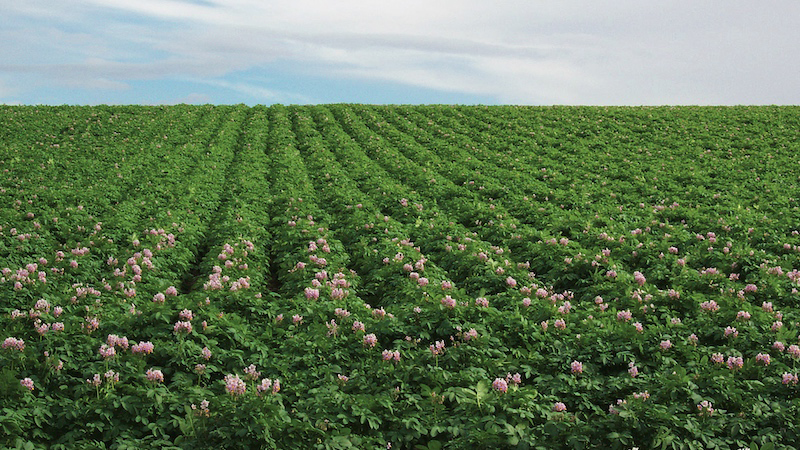Florida Growers Get A Case Of The Blues (Berries that is …)
Blueberries have captured the attention of growers in Florida, and more than a few have taken the plunge and planted some acres. It is still a relatively new crop to Florida and has continued growth potential. It is a relatively new commercial crop globally — blueberries were really not cultivated until the 1920s.
Experts on Florida blueberry production recommend growers study up and understand what they are getting into when deciding to cultivate the crop. Blueberries are costly to establish, and if done poorly, can cost a lot more.
Know Your Market
According to a report developed by Jeff Williamson and Paul Lyrene, who are both horticulturists with the Institute of Food and Agricultural Sciences (IFAS), growers should consider their market before planting a crop.
According to the report, blueberries can be grown for fresh fruit shipment, local or roadside markets, and U-pick. Decisions on marketing will affect almost every aspect of a blueberry farm including its size, location, and the cultivars grown. For example, most blueberries grown for fresh fruit shipment are early-season southern highbush cultivars that ripen before prices drop in late May. They are best adapted to the region of peninsular Florida between Gainesville and Sebring. Alternatively, many mid-season rabbiteye cultivars are grown for the less volatile U-pick, roadside, or local markets because they are higher yielding and easier to grow than southern highbush, but ripen after wholesale market prices fall. Rabbiteye cultivars are generally well adapted from Ocala, north to the Georgia border and west throughout the panhandle.
Costs Of Production
The costs of establishing an acre of blueberries are high — often exceeding $10,000 per acre. The production costs can vary due to plant density, site preparation, irrigation selection, and bird mitigation. Harvest costs can vary as well depending on whether the crop was hand harvested or mechanically. During the first three years, weed control is the primary maintenance cost.
Despite the cost of production, the report suggests growers can make money planting early-ripening blueberries for the fresh market. The major incentive for growing blueberries in Florida is the excellent market for fresh blueberries that ripen before May 20. Southern highbush blueberries from peninsular Florida are the first blueberries to ripen in North America. Currently, the market period from April 1 to May 10 is available almost exclusively to Florida growers, and blueberry prices are usually high until mid to late May when the North Carolina blueberry harvest begins.
Site Selection
Picking the right place to plant the blueberries is among the key factors that will determine success or failure of blueberry business. Factors to consider in selecting a location include marketing plans, zoning, water quality, availability of labor, climate, and soil characteristics. Sites suitable for blueberry culture can be found over a wide geographical area in Florida. Generally, rabbiteyes do best in areas where mean winter temperatures are equal to or colder than in Ocala. Certain hilltop locations in the western panhandle, with excellent air drainage and reduced risk of spring freezes, may be good sites for rabbiteye U-pick enterprises. The southern highbush cultivars that are grown in Florida seem to perform best south of Gainesville. With current production systems, central Florida appears best-suited for southern highbush production during the best market window.
Market Holds
Despite the costs and production issues, blueberries can be a good fit for Florida growers. Florida is able to fill the market void of blueberries and enjoys the resulting high prices. However, high prices encourage competition. If berry prices remain high, competition from Central America, Mexico, and the Caribbean may eventually develop.
This means Florida growers should continue to strive to reduce costs, increase yields, and develop new markets for the blueberry.










